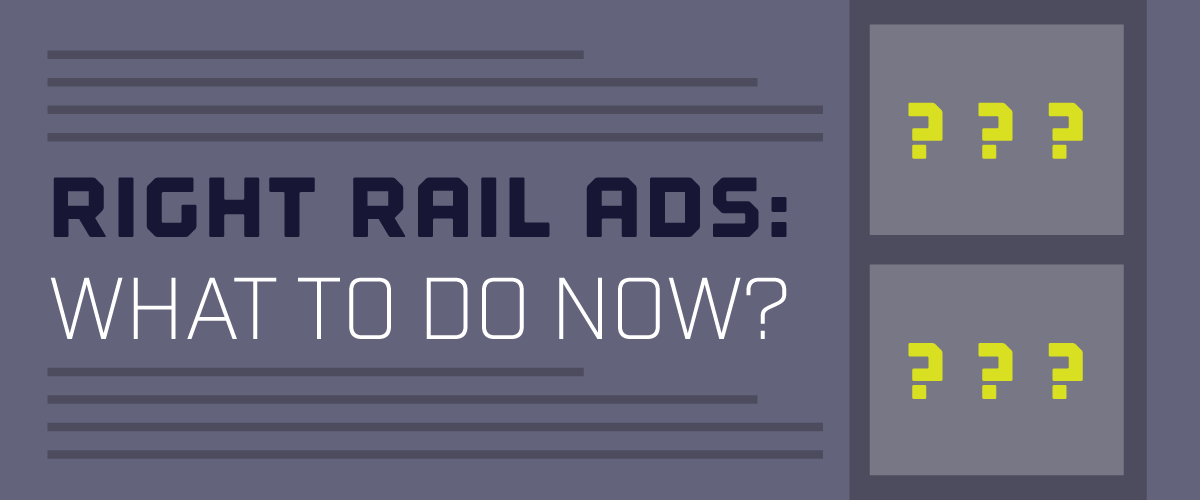You’ve written a truly 10x article. The last time you published a great article, it generated a couple dozen social shares, a backlink, a dozen views. After a few days, your little “traffic bump” disappeared entirely. The sum of your last few blog posts amounts to some long-tail Organic traffic, and not much else. What went wrong?

There are two reasons your articles flop:
- The thinking and execution behind the post just wasn’t that good. It wasn’t “10X.”
- You didn’t promote the post well enough.
If your content isn’t truly great, making it great should be your first priority. But if you’ve noticed worsening results from great content, or that you’re simply unable to get traction off of your hard work, you have a content promotion problem. In a world where 50% of content gets 8 shares or less, it’s getting harder and harder to get your content seen by the right people. You need a promotion process.
Write With Promotion In Mind
Hopefully, your next blog post has been carefully selected based on criteria that will benefit your business. Be sure that your post has promotion tactics built into it. “Great'” doesn’t necessarily mean promotable. Where appropriate, try to mention influencers or partners, link out to resource pages, integrate relevant topics and long-tail keywords and put yourself into the shoes of those who you plan to ask to distribute your content.
A Framework and Timeline For Promotion
There’s no one process that works best for promoting articles. Each business needs to find the right channels and platforms for their content. Ultimately, within your content strategy you need to determines where your blog posts will go and roughly how they’ll be amplified. If you’re lacking that strategy, follow along as I dive into the two publishing options and ideal promotion tactics.
Two Publishing Routes
Before any article is completed, you need to prepare for promotion. Your first crucial decision is whether your blog post is better suited to go on your own website, or on another website as a byline or guest column. Here are a few quick determining factors to influence your decision:
- Is it long? Over 2,000 words? On-Site.
- Is it Evergreen. Will it last forever? On-Site.
- Is it highly promotable via partners & influencers? On-Site.
- Is it a better contextual fit an industry publication than for your website? Off-Site.
- Is it attention and awareness-generating? Off-Site.
Of course, these aren’t hard-and-fast rules, and they are by no means the only criteria for choosing where you’ll publish your next post. Ultimately, your great article is perfect for an audience, and either that’s your audience or another publication’s audience. How can you provide the most value for the greatest amount of potential customers? Think in those terms when choosing a publishing route. Results will follow.
“How can you provide the most value for the greatest amount of potential customers?”
Your Publishing and Promotion Schedule
Two Weeks Prior to Publishing
If your blog post is going on your website, make sure you have well-developed outreach lists, email templates, and custom emails and social messages pre-written. Manual outreach via email and social media is your highest leverage blog post promotion activity.

Via Buzzstream
If your blog post is going off-site on a third-party publication, try to make a contact via social media or email with your target publication. If your relationship has already been seeded through past work or conversations, you can skip this step and move onto pitching. Get your pitch right, follow-up frequently, and don’t waste editors’ time!
Week Zero: Publish Or Get Published
Publish the post on your site, or wait until it’s published elsewhere. Be diligent with follow-up if you’re chasing an editor. Regardless of where the post gets published, make sure you’re able to monitor the post and respond to comments as they come in.
Week One: Hustle
If the article was published on a third-party website like an industrial magazine or a niche blog you’ll want to promote it to help generate awareness to your authorship. Ultimately, if it’s an exclusive, you don’t “own” the content. Choose from amongst the following three activities for promoting your “contributed” works:
Share it on Social Media:
Make sure you have your social sharing schedule dialed in. That might mean sharing your post across Twitter six times using fresh copy and appropriate hashtags, and sharing twice on both Facebook and LinkedIn with unique copy and cover images. Find your ideal mix of social channels and frequency by executing this process over and over. Fill your social queue using a tool like Buffer or MeetEdgar to share into future weeks.

Via Buffer
Email Influencers, Readers, Collaborators:
Reach out to all who might care and share the story with them. Depending on the targets you’ve identified and the “shareability” of the article, this might be your highest ROI activity.

Via BuzzSumo
Share in Niche Forums and Groups:
Share your blog post on niche forums in your vertical, as well as social media groups on Facebook and/or LinkedIn. Sometimes the most engaged readers are on forums and in social groups on the web. Don’t just drop a link – add value before sharing.

If the article was published on your own site, you’ll want to beef up your promotion activities. After all, this article is yours, and will live on your site generating value for as long as you allow it. Use all of the same tactics I’ve listed as above, and add:
+ Paid Social/Display Advertising: Depending on your reach and followership, sharing your content to your social media followers may do little to generate readers, sharers, and links. Paid social and display advertising platforms (like Facebook, Twitter and LinkedIn) are key to getting your content in front of the right people. Reddit and StumbleUpon advertising can be great alternate options. You can do this with a surprisingly small budget. Just a few hundred dollars can get your article in front of tens of thousands of people.

+ Post on Aggregator and Syndication Sites: Share your blog post on websites that syndicate or curate content in your vertical. Share snippets to drive readers to the “full article” on your website. Use social bookmarking websites like Digg, Delicious and StumbleUpon or curation sites like Flipboard, Scoop.it or Paper.li to spread your article even further.


+ Blog Commenting: Depending on fit, there may be other articles and blog posts on the web that are aligned with your post. They may have a different angle, or have missed or glossed over a point that you cover extensively. Sharing your post with the readership of that blog or publication can help generate interested readers for your blog. Don’t just drop a link – add value before sharing.

After you’ve published your blog post on your own website or on a third-party publication and used the promotion tactics I’ve covered, you should have seen shares, links, and traffic. You might think your “launch promotion effort” is over. If you put it on your own website, it’s not…
+ Outreach to Web Curators: Reach out to industry curators who do “link round ups” or share others’ content via email or social. Wait a few days so that when you reach out to them, you can show “social proof” that your blog post has already been well-received by the community.

+ Republishing: Republishing your blog post in full on an industry site can get it in front of an all new audience. You can also publish on a personal LinkedIn, Medium or Quora account. Wait a few days so that Google can index and give “SEO credit” to the article on your site. Bonus points for re-working sections and trying a different headline.

Measure to Learn
All of your hard work in promoting your article must be informed by your past hustle. Measure your results. What did you learn? How can you improve your team workflow for the next post? What tactics got you the best results? Dive into your analytics to discover where your traffic came from on a given piece of content. If you posted it off-site, look for that “referrer” in your analytics account.
If you published on your own website…

If you published on another website…

The key to successful blog post promotion is finding what has worked for your business and doubling down on that effort. Getting nothing from Digg, Delicious and StumbleUpon? Stop investing time in those channels. Seeing a lot of great engagement from Facebook Ads audience targeting? Invest more paid advertising dollars into Facebook Ads.
It’s Not Hard, Adopt A Process
Blog post promotion isn’t difficult, it just requires planning, testing, and execution. A lot of that execution requires that you believe in your posts and the value they provide readers. If you don’t believe in your work, you’ll never take the time to promote your content well. If you don’t promote, you won’t be successful.
Test the tactics I’ve listed. Understand that your blog posts don’t live in a vacuum, and much of how you approach promotion is dependent on how often you publish. Find a cadence that works. Find the tactics that work best for you. Double down on those. Forget the rest.






